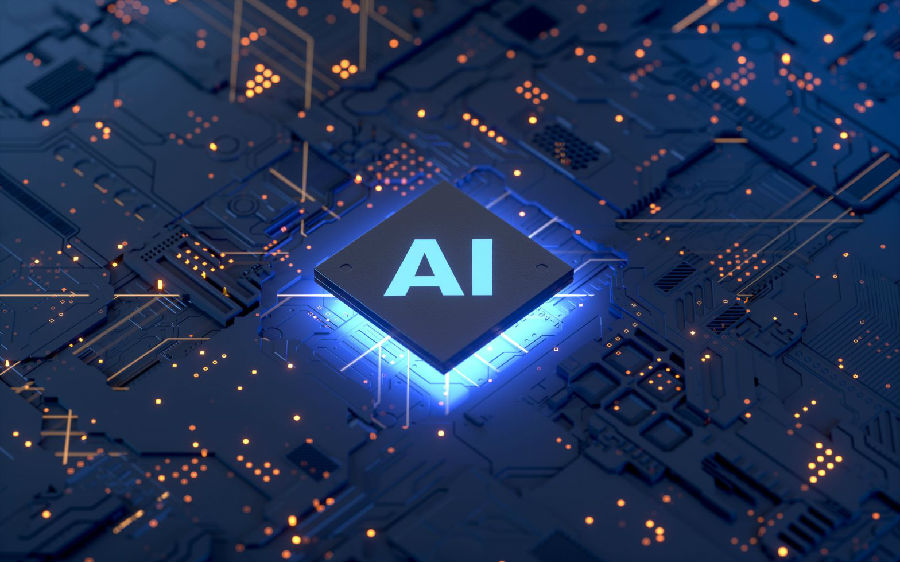Graphic design is another area that machine learning is affecting, with the venture-backed startups Tailor Brands and Logojoy at the forefront,
平面設計是受機器學習影響的另一個領域,站在最前沿的是風投初創公司Tailor Brands和Logojoy,
both of them offering services that automate the making of logos, stationery, and the like for small businesses.
兩家公司都為小企業提供自動制作標識、文具等產品的服務。
Last year, chip designer Nvidia unveiled what it claims is the first-ever video game demo with A.I.-generated graphics.
去年,芯片設計公司Nvidia公開了據稱是首款由AI生成圖形創建的視頻游戲演示。
And at least one A.I. team is exploring scent design:
并且至少有一個AI團隊正在探索氣味設計:
Partnering with fragrance-maker Symrise, IBM Research recently developed perfumes using machine learning.
近期IBM Research和香料制造商Symrise合作,用機器學習研發香水。
As the disparate list of experiments grows longer, design in general is on the precipice of a major morph,
隨著不同的試驗名單越來越長,設計通常都在一個大變化的邊緣,
becoming far more data-driven, automated, and efficient.
變得更加數據驅動化、自動化以及高效化。
The risk is that design could become homogenized and lose its human dimension as designers become custodians of A.I.-driven ideas
風險在于,設計可能會變得同質化,并失去了人性化的維度,因為設計師成為了人工智能驅動創意的管理人
rather than users of the technology as a collaborator and tool.
而不是將科技作看做合作者和工具的用戶。
There's an alternative scenario: The importance of empathy might actually grow.
還有另一種情況:共情的重要性可能會增長。

As A.I. expert and venture capitalist Kai-Fu Lee points out in his book A.I. Superpowers: China, Silicon Valley, and the New World Order,
正如人工智能專家兼風險資本家李開復在《A.I. Superpowers: China, Silicon Valley, and the New World Order》一書中指出,
there are two categories of things A.I. can't do (at least not yet).
有兩類事情是人工智能做不到的(至少還不能做到)。
One is carry out creative endeavors, like science, storytelling, art, and, yes, design; the other is build empathy, compassion,
一個是進行創造性的努力,如科學、講故事、藝術,當然還有設計;另一件事是建立同理心、憐憫心
and trust--all of which require human-to-human connection.
以及信任——這些都需要人與人之間的聯系。
Only humans can truly make a product that meaningfully serves its customer.
只有人類才能真正地生產出為客戶提供有意義服務的產品。
The same goes for understanding the complexities of an urban plan that serves its community.
理解為社區服務的城市規劃的復雜性也是如此。
As A.I. experts tell Fortune in the interviews that follow, the link between machine learning and design is just beginning to bear fruit.
正如人工智能專家在隨后的采訪中所說,機器學習和設計之間的聯系才剛剛開始取得成果。
Soon enough, A.I.-led design will be an unavoidable shaper of the world around us.
很快,人工智能主導的設計將不可避免地成為這個世界的造型者。
And it's a certainty that design, like other industries being altered by A.I., is soon to face a host of social, cultural,
隨著科技改變了職位描述,重新分配了資源,改變了我們生活和工作的物理環境,
and ethical dilemmas as technology changes job descriptions, reallocates resources,
和其他被人工智能所改變的行業一樣,
and changes the physical environments where we live and work.
設計很快將面臨大量社會、文化以及道德的困境。
It's all the more important, then, that designers learn how to thoughtfully and compassionately steer A.I. rather than let A.I. steer them.
因此,更重要的是,設計師學會如何用親切和同情心引導人工智能,而被人工智能所引導。
譯文由可可原創,僅供學習交流使用,未經許可請勿轉載。













